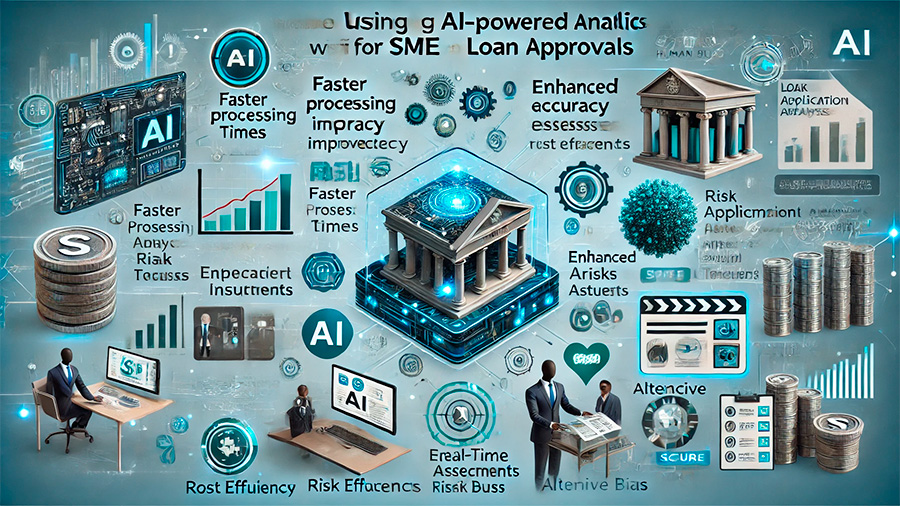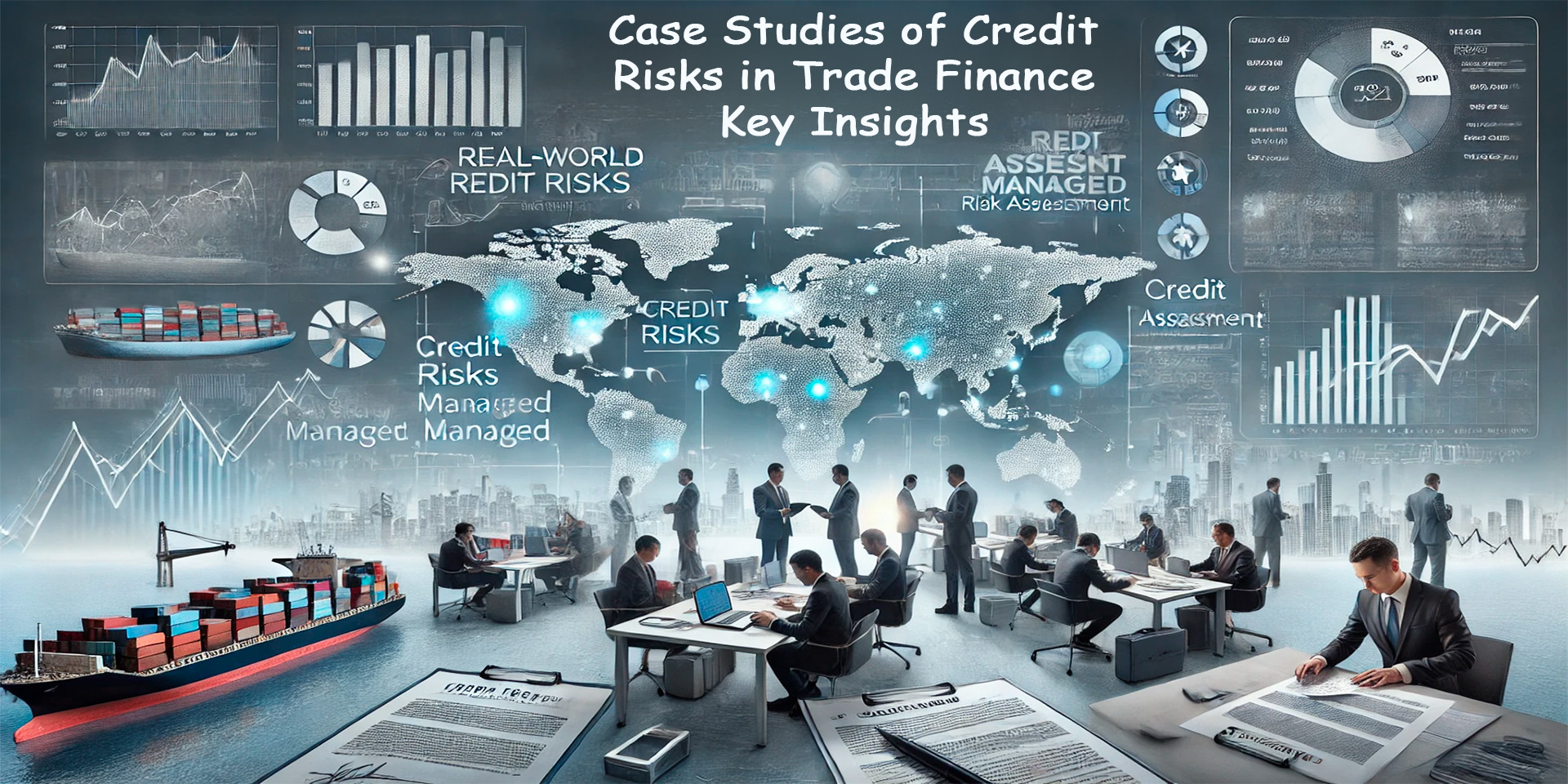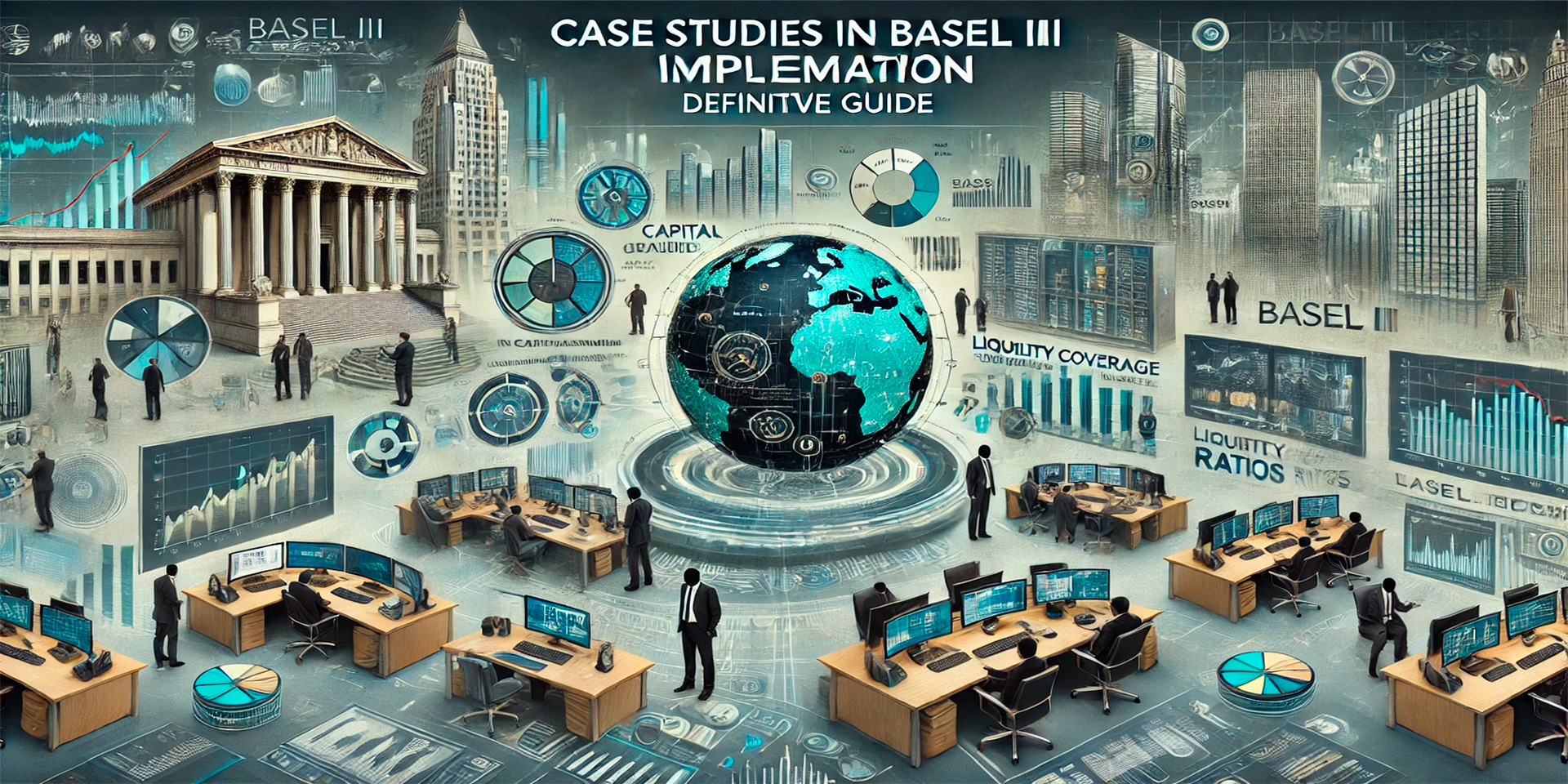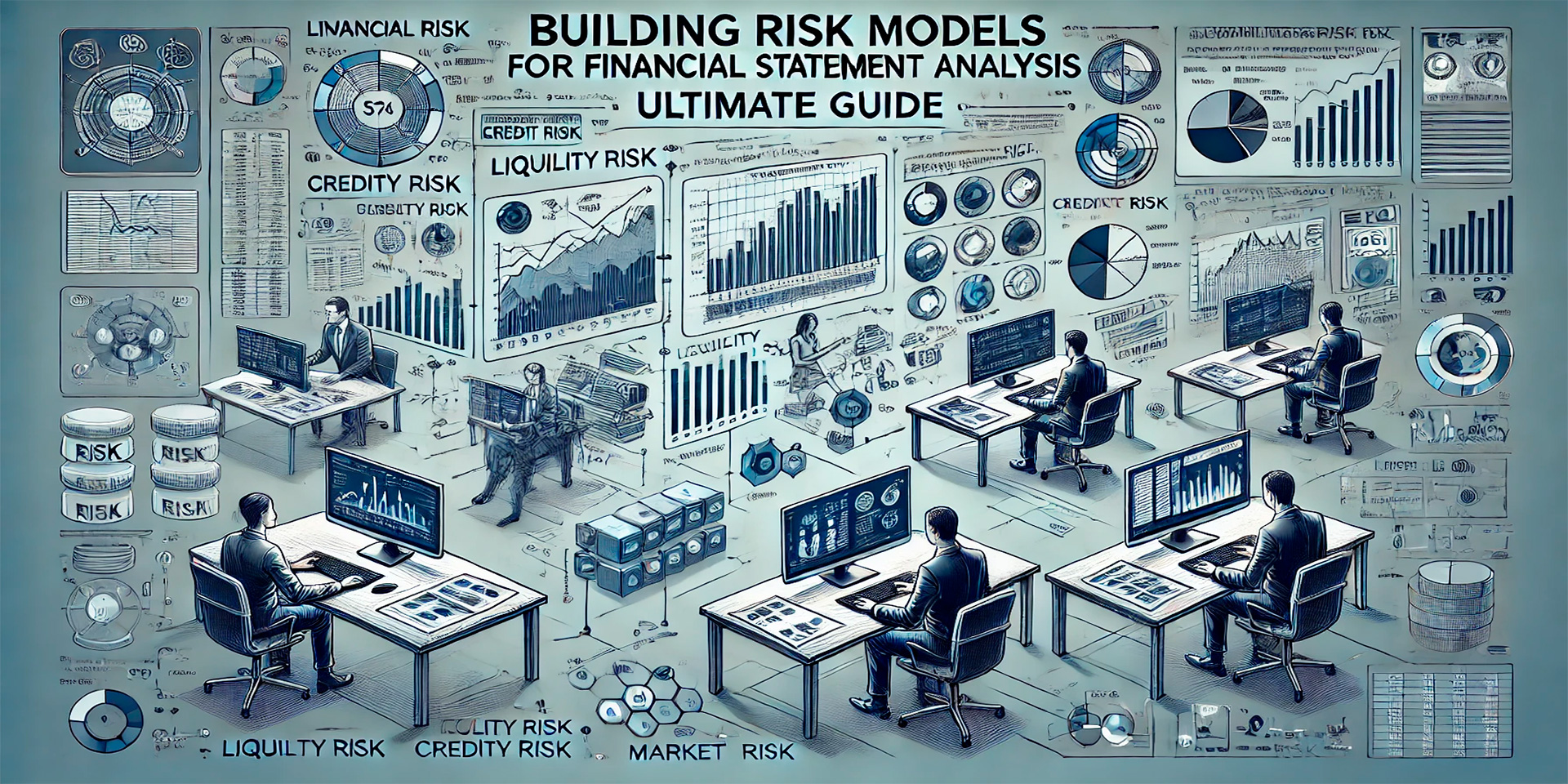Automating finance data analysis transforms SME credit risk management. By leveraging AI-powered analytics, your company can streamline loan approvals, making the process faster and more accurate. Machine learning algorithms analyze historical data and identify risk patterns, significantly improving the prediction of SME loan defaults and thus minimizing potential losses for lenders.
Big Data enhances credit scoring accuracy, drawing on diverse sources like real-time transactions and social media to create a comprehensive financial profile. Alternative data sources further refine these assessments, offering deeper insights into a company’s financial behavior. This data-driven approach ensures better, fairer, and more personalized credit decisions, addressing common challenges in traditional assessments and promoting inclusivity for SMEs involved.
With real-time data monitoring and predictive analytics, your company gains the ability to detect credit risks swiftly and intervene instantly. Adopting these advanced data models not only optimizes risk management but also ensures compliance with regulatory standards. Use AI and Big Data to personalize credit offerings, ensuring SMEs receive tailored solutions that align with their financial health and needs. This approach fosters a stable and supportive financial environment for smaller enterprises.
How Does Automating Finance Data Analysis Impact Sme Credit Risk Management?
Automating finance data analysis significantly impacts SME credit risk management in several key ways. You can improve your creditworthiness evaluation since automated systems use machine learning and AI to analyze vast amounts of data quickly. This leads to more accurate assessments by considering comprehensive financial histories and alternative data sources, such as bank transactions and supply chain invoices.
You benefit from real-time monitoring. Automation allows you to receive instant alerts on emerging risks, letting you take prompt action. This proactive approach minimizes potential defaults. Predictive analytics also plays a role. Automated systems leverage predictive analytics to forecast credit risk based on historical data and market trends, enabling you to take preventive measures before issues arise.
Automation enhances data management by streamlining data collection, storage, and analysis, which ensures data accuracy and accessibility. This makes your credit risk measurement more efficient. You can also use automated tools for scenario modeling to assess the impact of various potential situations on credit risk, allowing for better planning and resilience.
By reducing manual errors and speeding up processes through automation, you achieve greater efficiency and accuracy in financial analysis. This supports better decision-making by providing a nuanced view of an SME’s financial health and mitigating risk more effectively.
Overall, automating finance data analysis offers you accurate, real-time insights and predictive analytics for better credit risk management, streamlining your data management, and fostering a more stable financial environment for your SME.
What Are The Key Benefits Of Using Ai-Powered Analytics For Sme Loan Approvals?
Using AI-powered analytics for SME loan approvals has several key benefits:
First, you benefit from faster processing times. AI automation handles data collection and document verification, enabling quicker access to funds. The enhanced accuracy of AI also minimizes human error, ensuring that loan approvals are fair and precise.
With AI, your risk assessments improve significantly. Machine learning analyzes vast data sets to provide a thorough evaluation of your creditworthiness. This makes lending decisions more predictive and reliable. Moreover, AI streamlines the application process, making it more cost-efficient for you and the lender by reducing manual tasks and saving resources.
AI can also tap into alternative data such as social media activity and utility payments to assess creditworthiness. This improves your chances of approval, even if you have a limited credit history. Real-time insights from AI help you understand and fix issues before you apply, boosting your chances of approval.
Additionally, AI algorithms help reduce human bias, resulting in fairer loan approval processes. You’re more likely to receive personalized loan offers because AI’s precise risk assessments can tailor interest rates and loan terms to your financial situation.
Fraud detection is another benefit. AI enhances security by identifying potential fraud risks, ensuring a safer borrowing experience. Finally, the streamlined and automated processes contribute to increased customer satisfaction, making your overall experience hassle-free and less stressful.
As a final point, using AI-powered analytics in SME loan approvals offers faster processing, improved accuracy, enhanced risk assessment, and cost efficiency, along with numerous other benefits that make your borrowing experience more reliable and satisfying.
How Can Big Data Enhance The Accuracy Of Sme Credit Scoring?
You can significantly enhance the accuracy of SME credit scoring with Big Data by leveraging a wide array of non-traditional data sources and advanced analytical techniques. This approach delves into more granular details of an SME’s creditworthiness beyond traditional credit history.
First, you can utilize comprehensive data sources. Big Data incorporates both structured and unstructured data, such as real-time transactional data, social media activity, and supply chain information. This creates a more detailed and nuanced picture of an SME’s financial health.

By employing machine learning and AI, you can analyze these vast datasets to predict defaults more accurately. These algorithms recognize complex patterns and trends that traditional models might miss, leading to more precise credit scores.
You also gain enhanced risk management. By evaluating diverse data points from various sources, Big Data helps you assess risks more accurately, enabling better risk mitigation strategies. This includes alternative data sources like public records and online behavior.
You can also achieve efficiency gains. Automating data analysis through Big Data reduces the time and resources needed for credit assessment, accelerating the loan approval process. This faster decision-making leads to quicker access to funds for SMEs.
Lastly, you can customize financing options. Leveraging Big Data allows for the creation of more tailored financing options that suit the specific needs and profiles of SMEs, improving customer satisfaction and fostering stronger lender-borrower relationships.
To sum up, you can transform SME credit scoring with Big Data, making it more reliable, efficient, and inclusive by utilizing comprehensive data sources, machine learning, enhanced risk management, efficiency gains, and customized financing options.
What Challenges Do Smes Face In Traditional Credit Risk Assessments?
You face several challenges in traditional credit risk assessments for Small and Medium Enterprises (SMEs):
- Data Quality and Availability: Often, the financial data for SMEs is not comprehensive or up-to-date. SMEs tend to have less historical information and digital footprints compared to larger corporations. This makes it difficult for lenders to assess their creditworthiness accurately.
- Modeling and Validation Issues: Traditional models like logistic regression may not capture the complex, non-linear relationships in the data or adapt to market changes quickly. These models can suffer from overfitting, underfitting, and biases.
- Regulatory Compliance: Adhering to constantly changing regulations adds complexity. Traditional methods struggle to comply with standards like the Basel Accords without additional layers of monitoring and adjustment.
- Cost and Resource Constraints: SMEs often can’t afford the extensive credit risk analysis teams and tools that larger businesses use. This means fewer resources are available to gather and analyze necessary financial data effectively.
- Inadequate Financial Records: Many SMEs lack detailed financial documentation. Even alternative data like GST and mobile data is often not timely or sufficient to build a comprehensive credit profile.
By addressing these issues-perhaps by adopting new technologies like AI and ML for better data integration and assessment-credit risk management for SMEs could become more efficient and inclusive.
To wrap things up, you can see that data quality, modeling issues, regulatory compliance, cost constraints, and inadequate financial records pose significant challenges for SMEs in traditional credit risk assessments. Embracing new technologies may help streamline these processes and make credit risk management more accessible for SMEs.
How Does Machine Learning Improve The Prediction Of Sme Loan Defaults?
Machine learning improves the prediction of SME loan defaults by using algorithms to analyze historical loan data and identify patterns that indicate default risk. Here’s how it helps:
You can preprocess your data by handling missing values, encoding variables, and selecting relevant features like credit scores and income levels. Creating meaningful features, such as debt-to-income ratio, enhances the predictive capabilities.
Algorithms like XGBoost, logistic regression, and neural networks learn from past data to predict defaults accurately. Each algorithm has its strengths; for instance, decision trees are interpretable, while neural networks capture complex relationships.
Machine learning models, such as those using SMOTE (Synthetic Minority Over-sampling Technique), address imbalanced datasets where default cases are fewer by balancing the data, ensuring fair predictions.
Using metrics like accuracy, precision, recall, and ROC curves, you can evaluate how well the model predicts loan defaults. These metrics ensure the model’s reliability and validity.
By analyzing new data, machine learning models continuously learn and adapt, improving their predictive power over time.
Predictive models help lenders and financial institutions in decision-making. They enable adjustments in loan terms or rejections of high-risk applications, thereby minimizing losses and maintaining a healthy balance between risk and profitability.
In the end, you benefit from these advanced techniques as they enable smarter, data-driven risk management, ensuring that valuable customers are not shut out while minimizing the risk of defaults.






Leave a Reply